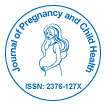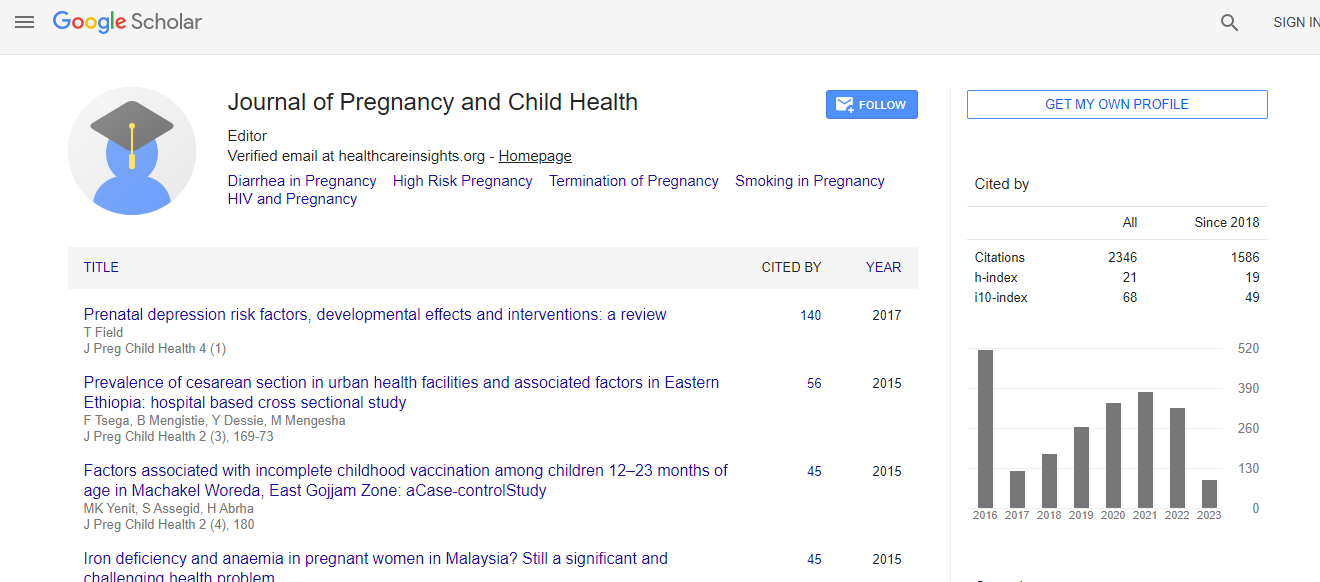Physical Activity during Pregnancy: Benefits, Guidelines, and Precautions for Maternal and Fetal Well-being
*Corresponding Author: Dr. Meenakshi Sharma, Department of Obstetrics and Gynaecology, Institute of Maternal Wellness and Research, Canada, Email: meenakshi.sh@gmail.comReceived Date: Mar 01, 2025 / Accepted Date: Mar 31, 2025 / Published Date: Mar 31, 2025
Citation: Meenakshi S (2025) Physical Activity during Pregnancy: Benefits,Guidelines, and Precautions for Maternal and Fetal Well-being. J Preg Child Health12: 695.DOI: 10.4172/2376-127X.1000695
Copyright: © 2025 Meenakshi S. This is an open-access article distributed underthe terms of the Creative Commons Attribution License, which permits unrestricteduse, distribution, and reproduction in any medium, provided the original author andsource are credited.
Abstract
Physical activity during pregnancy has been increasingly recognized as a cornerstone of maternal and fetal
health. Contrary to outdated notions that pregnant women should avoid physical exertion, current evidence
affirms that moderate physical activity offers numerous benefits, including reduced risks of gestational diabetes,
preeclampsia, and excessive weight gain, as well as improved mood, sleep, and delivery outcomes. This article
explores the scientific evidence, recommended guidelines, contraindications, and types of exercises considered
safe and effective during various stages of pregnancy. Through a multidisciplinary lens involving obstetrics,
physiotherapy, and public health, this review highlights the importance of tailored exercise prescriptions that prioritize
safety while enhancing health outcomes. Physical activity during pregnancy has emerged as a cornerstone for
enhancing maternal and fetal health, supported by extensive scientific evidence and endorsed by global health
organizations. Regular exercise in pregnancy is associated with a wide array of physiological and psychological
benefits, including improved cardiovascular fitness, reduced risk of gestational diabetes mellitus, hypertensive
disorders, and excessive gestational weight gain. Despite these advantages, many pregnant individuals remain
inactive due to misconceptions, lack of guidance, or fear of adverse outcomes. The review also addresses barriers
to participation and highlights strategies to promote safe, enjoyable, and sustainable physical activity throughout
gestation. Overall, physical activity during pregnancy is not only safe for most women but also a vital component of
prenatal care that can significantly influence maternal and offspring health trajectories.

 Spanish
Spanish  Chinese
Chinese  Russian
Russian  German
German  French
French  Japanese
Japanese  Portuguese
Portuguese  Hindi
Hindi 
